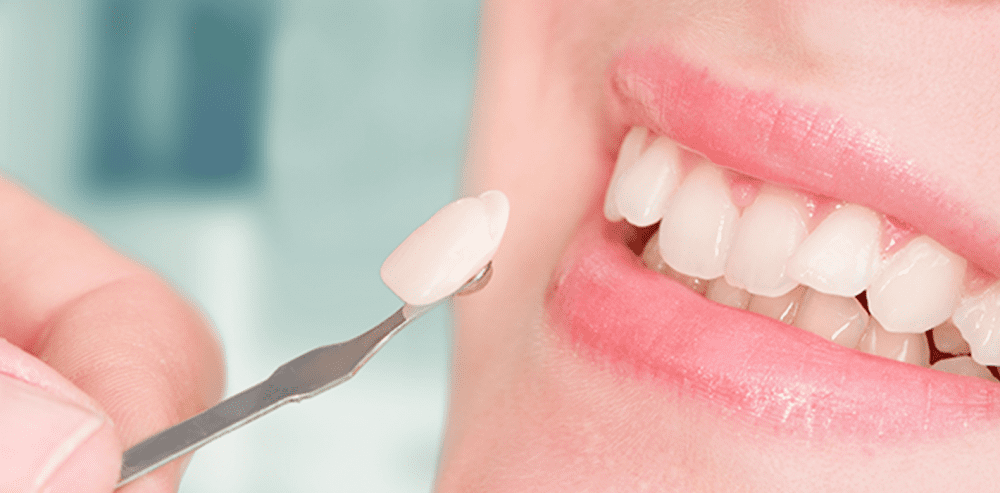If a tooth falls out, there are many choices available for its replacement. But here, we will discuss about two of the most popular choices for replacing the space created by the missing tooth. After which we will analyze the best case among the two.
So, the missing tooth/teeth can be replaced with a dental bridge vs implant.
*A Dental bridge is a fixed prosthesis that covers the space formed by the missing tooth by taking the support of the adjacent teeth on which the crown cementation is done. This gives a cosmetic replacement to the missing teeth which is very similar to the natural teeth in its appearance.
* A Dental Implant is a graft or a biocompatible insert that is set firmly, and deeply into the lost root space of a missing tooth. When a tooth falls, immediate insertion of an implant can be done. If not, at a later stage, after the root space has got closed, a new root space can be created by surgery, where an implant can be inserted. When a crown is cemented on top of the implant, it gives the feel and appearance of a natural tooth.

Both of these choices come in a vast range of types, which are then selected according to the needs of the patients. Speaking broadly, the difference between them can be discussed by using an example as below:
Dental Bridge vs. Implant: What’s the Best Way to Replace a Tooth?
If a person loses a central Incisor, and he reaches out to a clinic for an immediate replacement, the options are as follows:
Dental Implant:
He can plan to get an immediate implant replacement, that is held by the post and core (support structure which holds a crown and the root structure together), and followed by the crown. Here the implant itself becomes the supporting root structure for the missing tooth, therefore, the adjacent teeth are not involved in this case. The end result of an implant is an excellent similarity to the natural lost tooth.
Dental Bridge:
The patient can also opt for a bridge replacement. Here, after looking at the health of the adjacent teeth, the numbers of teeth needed for support are prepared. For this, a significant tooth reduction is needed which have risks associated including sensitivity after the preparation, or even need a root canal at the early stage of this process. Teeth reduction is done so that the crowns of a bridge can properly accommodate on the prepared teeth following its anatomy. The final result of a dental bridge is similar to an implant in that it gives good cosmetic results.
So, which one is a better choice: a Dental Implant or a Dental Bridge?

From the above explanation, we can see that both the options provide similar cosmetic results at the start.
- However, with the passage of time, in the case of a bridge, bone loss can be observed in the area of a missing tooth which often leads to the loss of gum tissue and bone loss around the adjacent tooth as well. Furthermore, depending on the marginal integrity of the supporting tooth and the cemented crown, cavities may start to form around or under the crown, which are difficult to diagnose, and if left undetected, can lead to cavities eventually reaching the pulp. This, in turn, may cause root canal problems and other dental pathologies related to that tooth. With continued destruction, the tooth starts to become mobile, and can have associated fractures and continued infections. The continued infection and continued bone loss around the gum line and the adjacent tooth leave no other option than to remove the infected tooth. Now if we go with the bridge plan again, another adjacent tooth has to be prepared to support the crowns of the missing teeth. Moreover, this bridge will now be cosmetically and biologically compromised because of the continued bone loss that can extend to the newly prepared adjacent tooth as well, and this process will go on with the replacement with bigger and bigger bridges.
Compared to this, the Implant has a great advantage of not encroaching on the adjacent natural teeth. It substitutes the root structure of the missing tooth, thereby stabilizing and maintaining the healthy gum tissue. Implant continues to maintain the area in a similar fashion as does a natural tooth. Also, as it is a self-supported restoration, it can be taken care of as a natural healthy tooth. - A dental bridge can be prepared and cemented in a week or two, without much of the surgical interventions involved.Compared to which, Implant takes a longer time span to complete with repeated recall visits during treatment and aftercare as well, which might be a problem for some. However, in such cases, the dentist can place a temporary tooth on the empty space till the time the surgical site of the implant heals.
- A dental bridge is a comparatively less expensive option than an Implant. But investing in an implant is beneficial in the long run because of its longevity.
- A dental bridge is a better option when a patient is medically compromised and who cannot undergo surgery. For example, patients with uncontrolled diabetes, patients with a pacemaker, etc.
To conclude we can say that both the Dental Bridge and the Dental Implant are excellent solutions for replacing a missing tooth and restoring function to the affected area. However, if a patient is healthy and can give enough time to the treatment and if the oral tissues are in good condition, this blog will suggest going for Implants any time, any day; because it behaves like a natural tooth. This does not mean that a dental bridge is a bad option, it has also proved to provide good results.
It is after all the choice and comfort of a patient. See your dentist, plan wisely and then after considering all the related factors, decide.
